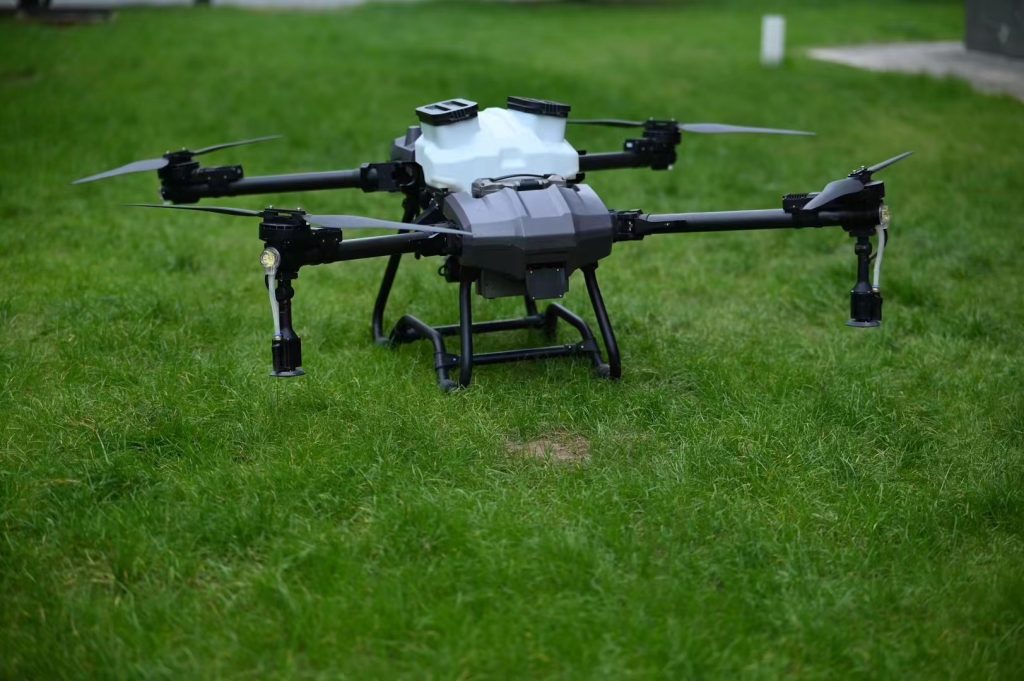
Nestled in the fertile delta of the Ganges, Brahmaputra, and Meghna rivers, Bangladesh is a nation where agriculture is the heartbeat of rural life. With 40% of its workforce dependent on farming and agriculture contributing 12% to GDP, the sector is critical to the nation’s survival. Yet, this lush, riverine landscape faces a perfect storm of challenges: a population of 170 million squeezing onto fragmented plots (average farm size: just 0.6 hectares), relentless monsoon floods alternating with droughts, and a shrinking pool of young farmers abandoning fields for cities. In this context, Chinese agricultural drones are emerging as a quiet revolution—bridging gaps in labor, efficiency, and sustainability to help Bangladesh feed its people and secure a brighter agricultural future.
Bangladesh’s Agricultural Struggle: Feeding a Nation on Fragile Grounds
-
Land Fragmentation: 80% of farms are smaller than one hectare, making large-scale mechanization impossible. Manual labor dominates tasks like planting, weeding, and pesticide spraying—slow, costly, and inconsistent.
-
Climate Volatility: Annual monsoons bring flooding that submerges 20-30% of cropland, while dry spells cause crop failure. Farmers lack tools to adapt quickly, risking harvests and incomes.
-
Pesticide Overuse: To combat pests like stem borers and fall armyworms, farmers often drench fields in chemicals—wasting money, polluting waterways, and endangering their health.
Chinese Drones: Built for Bangladesh’s Rivers and Rain
Tailored to Bangladesh’s Reality: Durability Meets Affordability
-
Monsoon-Ready Design: With corrosion-resistant frames, IP67-rated motors, and waterproof electronics, these drones withstand Bangladesh’s humid, flood-prone climate. They operate in standing water and muddy fields, critical for delta regions like Barisal.
-
Precision for Small Plots: Compact, agile designs let drones navigate narrow rice bunds and fragmented fields. AI-driven sensors analyze crop health in real time, adjusting spray volume to target pests or diseases—cutting chemical use by 40% and saving farmers money.
-
Low-Cost, High-Impact: Affordable models paired with flexible financing options (including local microloan partnerships) make drones accessible to smallholders. “For the price of a tractor’s annual maintenance, we can own a drone that works 10x faster,” explains Md. Rahman, a cooperative leader in Mymensingh.
Empowering Local Hands, Not Just Machines
-
Training Hubs: Partnering with local NGOs, they run workshops teaching flight planning, maintenance, and data interpretation. “We train farmers to fix minor issues—like replacing propellers—so drones stay in the field, not in repair shops,” says a trainer.
-
After-Sales Networks: Local technicians provide 24/7 support, and spare parts are stocked in regional hubs to avoid delays during planting or harvest seasons.
From Survival to Surplus: Drones Transforming Bangladeshi Farms
-
Time & Labor Savings: A 10-hectare rice farm now sprays pesticides in 4 hours using two drones, down from 3 days with 15 workers. “We save 60% on labor costs,” says Sumona, who recently joined her village’s drone cooperative. “My son came home—he sees drones as the future.”
-
Yield Gains: In flood-prone areas, drones applied drought-resistant seed coatings and targeted nutrient boosts, increasing rice yields by 25%. “We’re finally selling surplus at the market,” beams Md. Rahman.
-
Healthier Ecosystems: Reduced pesticide runoff has cleaned local ponds, reviving fish stocks—a lifeline for rural diets and incomes.
Beyond Spraying: Cultivating a Culture of Innovation
-
Youth Engagement: Universities now offer drone operation courses, and young graduates are launching “agri-tech” startups, offering drone services to smallholders.
-
Data-Driven Farming: Drone-captured maps guide farmers on when to plant, irrigate, or harvest—aligning with Bangladesh’s National Agricultural Technology Program to boost productivity.
-
Climate Resilience: By reducing chemical use and optimizing water, drones help farmers adapt to climate shocks, supporting the nation’s goal of becoming “climate-resilient” by 2030.

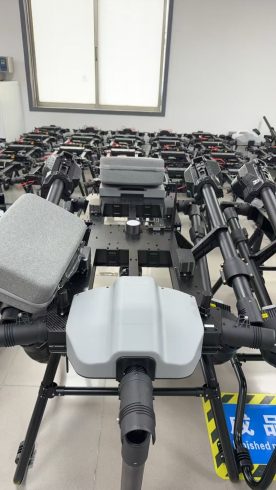
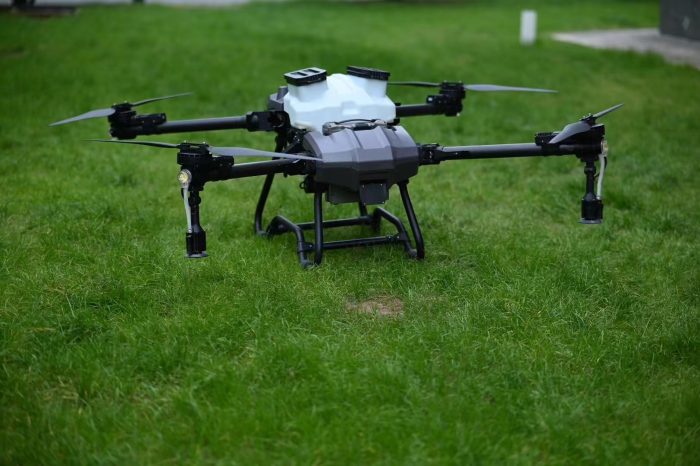

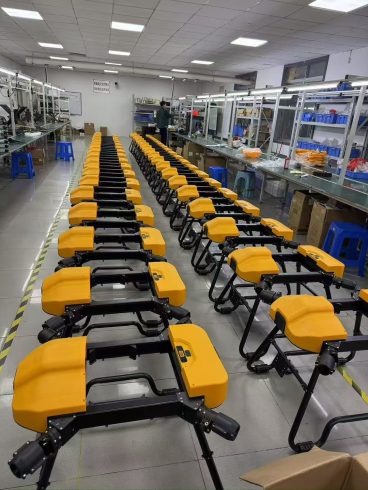
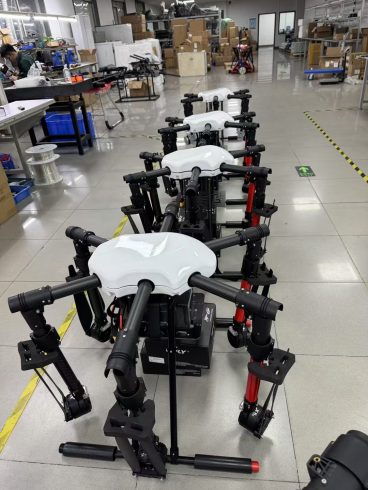

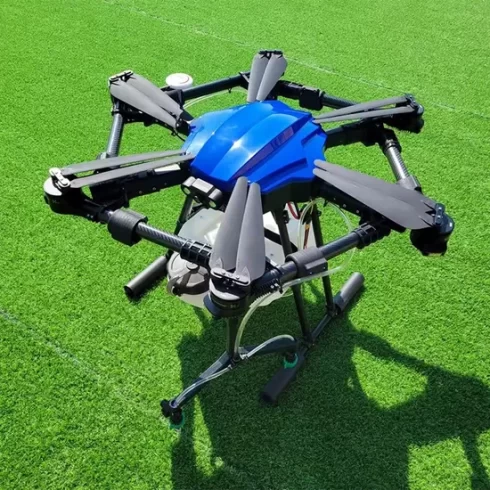


暂无评论内容